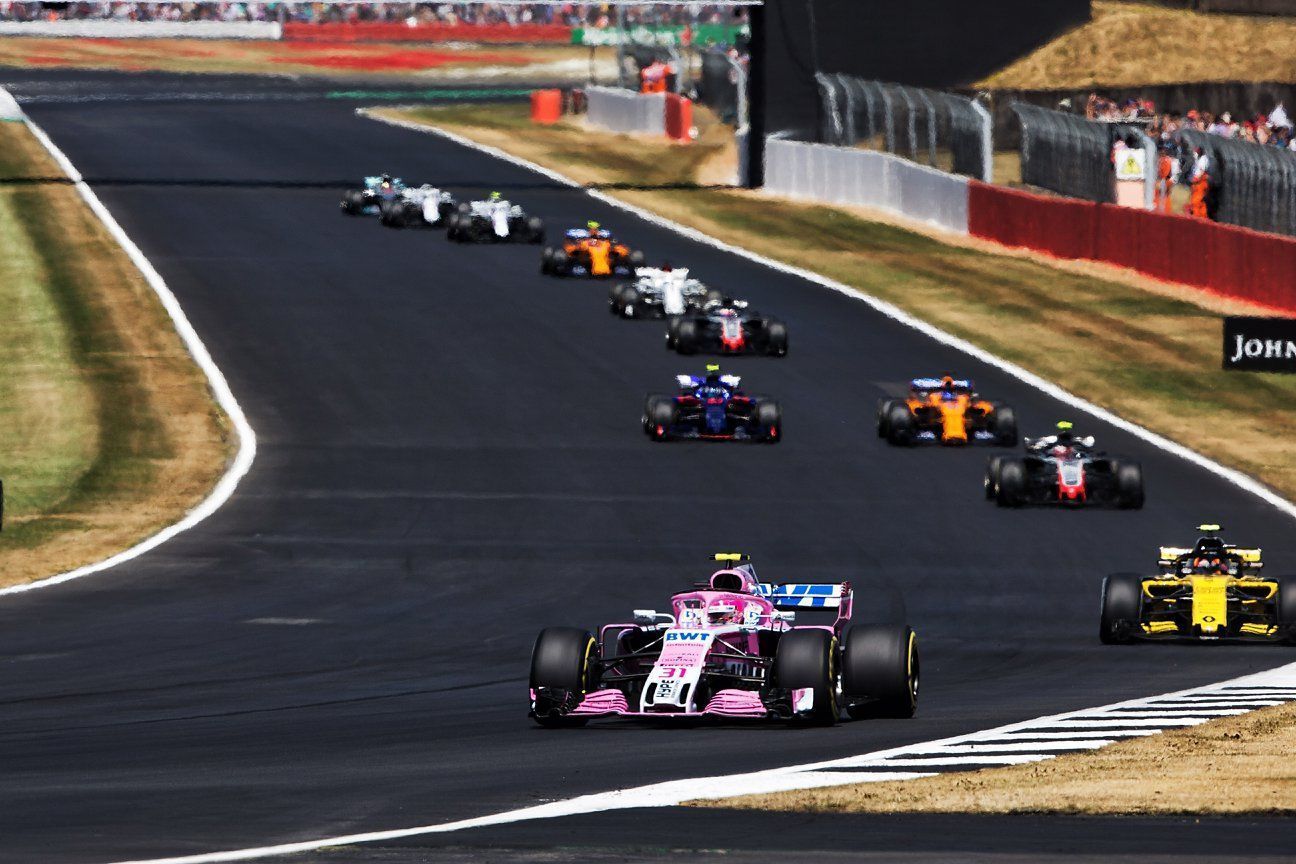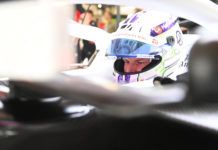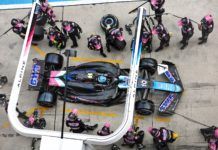The financial crisis upon Force India F1 Team has once again brought the cost cap debate in light as the push to bridge the gap between the top and midfield teams continues on.
The cost cap debate has been on for long but there has never been a consensus between the various teams to put it into effect in full force. The last few years has seen the demise of three F1 teams – two of them having seen multiple set of owners but still closed down.
The fall of HRT, Caterham and Marussia/Manor was a huge wake up call indeed for the F1 management and the other competitors but nothing has been done to change the outcomes for such outfits for them to survive in the sport.
Not just the three teams but even Lotus had to be saved by Renault to make it through, while Sauber had new owners as well. And now after running for more than a decade, Force India is amid a financial turmoil as well.
With a fresh agreement to be put into force from 2021 onward, the F1 management is trying all to bring in a balance between the spending of a top end team to a midfield outfit. F1’s Managing Director Ross Brawn insists they are working on to bridge the gap.
In fact, Brawn sheds more light on the proposed cost cap to be finally introduced in the sport. He reveals a dry run will be implemented in the coming two seasons before it is fully integrated in the system.
“To be clear, we want the grandees to still be the big names in the sport, we don’t want a system or a situation where there aren’t big targets to aim at,” said Brawn. “And at the moment, those targets are Ferrari, Mercedes and Red Bull.
“However, the void between those three teams and the rest of the field is too big. There are two divisions in Formula 1, and we want to stop that, we want to introduce constraints on the amount of resource you can use.
“And doing that involves both an economic perspective and a technical perspective. On the economic side we’re pushing through cost control initiatives. We only have to look at the situation Force India finds itself in to understand how crucial this is.
“The financial burden on teams is not sustainable in the long term and we are taking steps to put a limit on how much a team can spend. The ceiling won’t be achievable for all teams, but it will reduce the differential between the teams that are at that limit and those that aren’t.
“At the moment I think a top team spends twice what a midfield team spends and if we reduce that margin to around 10 or 20 per cent, then there is something for the midfield teams to aspire to.
“There will still be an aura around the big teams, but a midfield team doing a great job will be able to compete. The good news is that with the FIA and in consultation with the teams we are progressing well on the economic initiatives.
“Work on the mechanism of a cost cap is going well. At the moment we are looking to introduce it in a soft form, with dry runs in 2019, and 2020 and then it will be become regulatory in ’21.
“I would say that barring some last-minute discussions that’s pretty much finalised now. We hope the cost controls will make smaller teams more sustainable, as they’ll be in a better position to show sponsors and investors that they have a chance of getting on the podium, and in the right circumstance, of winning a race.
“And that’s so important for a team that’s aspiring to become a grandee. At the moment, the void is too big; it’s almost impossible for a team to bridge that gap. To support that there a number of technical regulation changes we want to make in areas of the car where we don’t feel the competitive differential is something that the fans appreciate.
“I’m talking about elements of the competition between the teams that just don’t provide good value competition,” he explained. One hopes that the budget cap is enough for midfield teams to survive and challenge the top end outfits for podiums and wins.



















